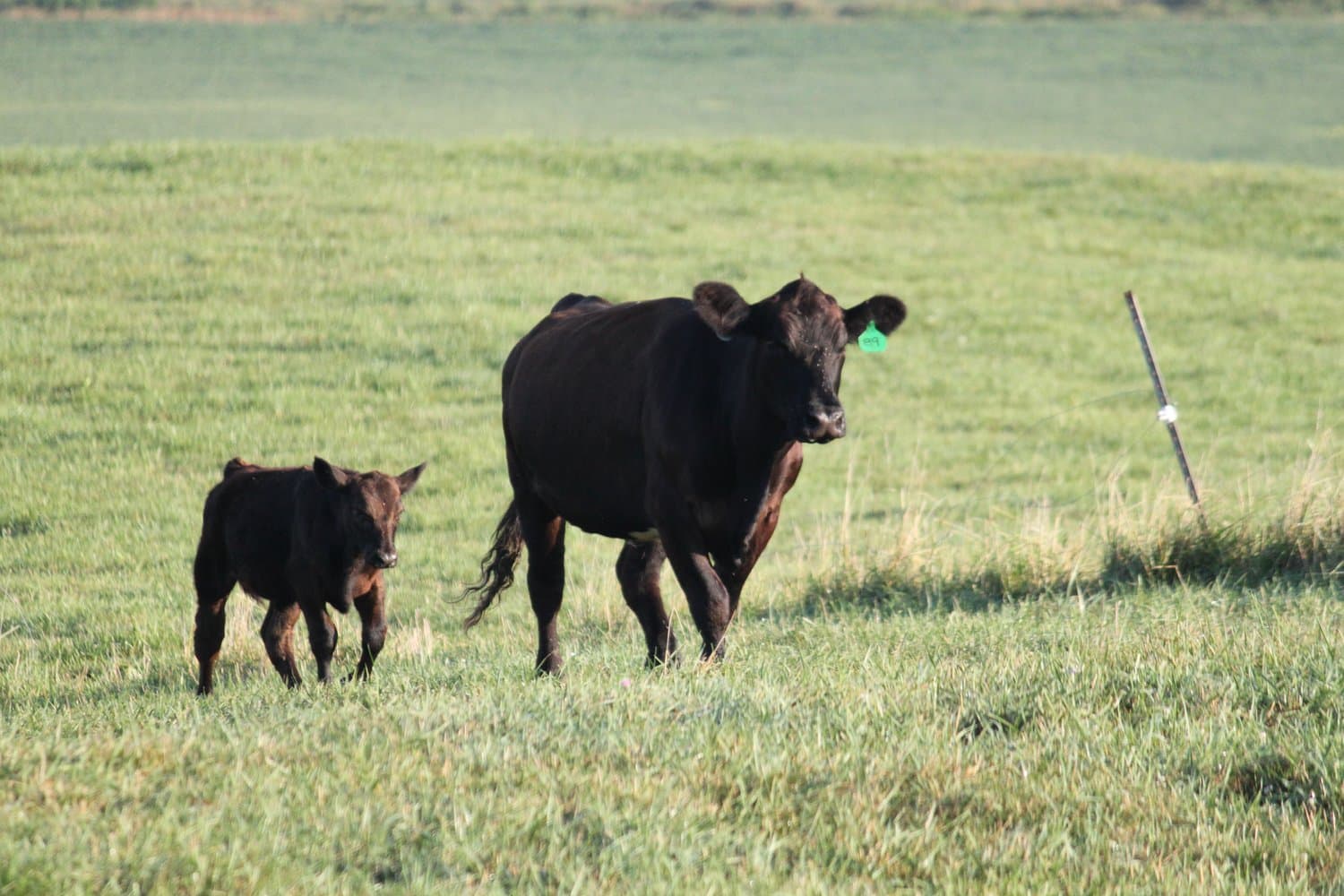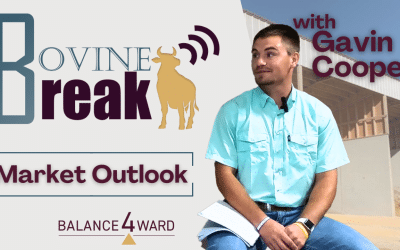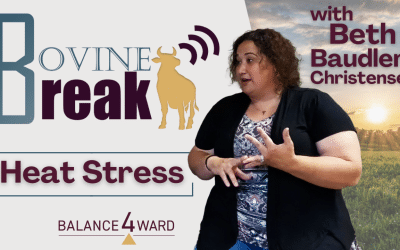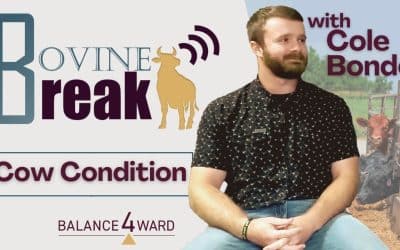When it comes time to wean, preparation is key. The last thing you want to end up with is a herd of overly stressed, immune-compromised calves that require costly medical attention. Here, we’ll discuss weaning tips and key considerations to help you achieve your goal of healthy cows and calves, successfully weaned before winter.
Environment
Your goal is to minimize the amount of external factors putting stress on your calves. Keep every part of their environment in mind when scheduling and planning for weaning; weather fronts moving through or extreme temperature changes can cause stress. As much as it is in your control, choose the most environmentally stable and calm time to wean.
Vaccinations
Because weaning is stressful for calves, it’s important that they are in good condition before the weaning process begins. We recommend pre-weaning vaccinations for all calves approximately 3 weeks prior to the start of the weaning process. This timing gives you the best opportunity for maintaining healthy calves that are ready to put on weight as quickly as possible.
Feeding
As you prepare to wean, consider bunk feeding your cow-calf pairs to slowly introduce the concept of feed to the calves. Feeders and water should be at a height low enough for the calves to reach comfortably and arranged perpendicular to the fence line so that calves can easily find it. To boost the immune system of your calves, we recommend a starter feed that is specifically formulated to support them as they go through the weaning process.
Fence-line Weaning
For many years, calves were weaned by immediately separating cow/calf pairs with an “out of sight, out of mind” mentality. This sudden separation would cause extreme distress in the animals, often leading to illness and weight loss. In fence-line weaning, cows and calves are separated in adjoining pastures. Simply allowing the pairs to see one another across the fence improves the stress level and strengthens the immune systems of the calves. Research at the University of California-Davis shows that calves weaned by fence-line contact gained about 30% more weight than traditionally weaned calves in the first 10 weeks after being separated from the cows. Before using the fence-line weaning tactic, be sure to thoroughly check your fence for areas of weakness. Allow yourself enough time to make any necessary repairs to ensure a strong, sturdy fence.
With these preparations, you’ll be in a good position to wean in the fall. In every decision you make, focus on reducing stress for your cow/calf pairs and maintaining strong immune systems throughout weaning. At Balance4ward, we’re experts in the process and can support your business with a customized strategy and feed solutions. Get in touch!




